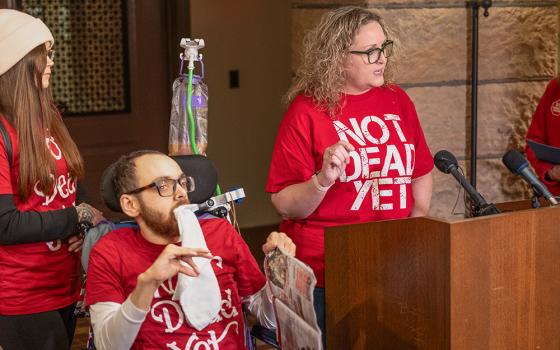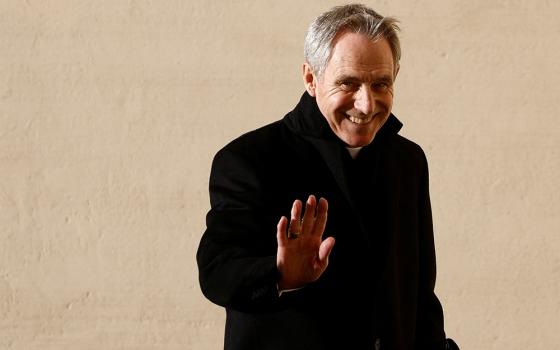The Vatican Congregation for the Clergy has extended the deadlines for appeals in the closings of nine of 12 bitterly contested Cleveland parishes ordered shut down by Bishop Richard Lennon as part of a larger diocesan reorganization plan involving 50 parishes. Most parishes are being closed or merged without major incidents.
Meanwhile, Lennon will be traveling to Rome for discussions with the Vatican.
Catholic activist Peter Borre of Boston, who works with Catholics attempting to keep their parishes open, said the extension could mean a possible “halting or reversing” of the closings or it might simply mean the congregation’s workload is “too heavy to make a rapid determination.”
Borre has assisted more than 70 parishes, he says, by “acting as software between these parishioners and the recourse process in Rome.” He translates documents and walks parishioners through the intricacies of the canon law appeals process. At the moment he is representing 12 Cleveland parishes.
Cleveland churches, as in the cases of many northeastern U.S. cities, were built by immigrants in ethnic neighborhoods. Eight of the proposed Cleveland closings involve Polish, Hungarian and Slovak churches. The closings have prompted protests and accusations of ethnic slighting. Meanwhile, there have been weekly street services outside the now padlocked 92-year-old St. Casmir Parish church where worshipers still gather regularly to pray and sing.
The final Mass celebrated at the parish, at which Lennon officiated last November, was marked by some parishioners who shouted at him and by one man who attempted to unplug his microphone.
On Easter Sunday, at the final Mass at St. Peter Church, the disgruntled pastor, Fr. Robert Marrone, spoke forcefully before locking the massive wooden church doors for the final time. At the foot of the altar within the 156-year-old church, a longtime parishioner, acting on his own, left a plastic bag of coins with a note that read: “A gift for Bishop Lennon. Thirty pieces of silver for the one who has betrayed us.”
When Lennon first arrived in the Cleveland diocese from Boston in 2006, he accelerated parish closing plans already in the works in the eight-county diocese, which is suffering from shrinking congregations, a troubled economy, and dwindling weekly collections.
The situation has been compounded by a steep decline in clergy vocations. The Cleveland diocese had 596 active priests in 1970 and only 273 in 2009.
As part of a diocesan parish plan once endorsed by Lennon’s predecessor, Bishop Anthony Pilla, more than half of the parishes in the diocese had formed partnerships with other parishes, pairing urban, suburban and rural parishes into “clusters.”
The Cleveland diocese has more than 500,000 Catholics in what once were 200 parishes.
“Under Bishop Lennon, that pastoral dimension was dropped,” said Bob Kloos, vice president of Endangered Catholics, a grass-roots organization founded to fight the parish closings. He said that some parishes selected for closing or mergers have over 1,000 parishioners. “These churches are rocks on which to support future growth in church members and church missions. Ethnic churches and broad-based city churches bring members into the city where they can be of service to others,” Kloos explained.
Kloos believes that beyond the priest shortage and urban flight in recent decades, some closings are being driven by special financial considerations. “Parishes sitting on real estate that can garner the biggest return for the diocese have been selected to close,” he said.
In a March 30 letter to former St. Peter parishioners, Lennon wrote, “In order to provide for presence and pastoral care in an equitable manner throughout the diocese, a number of beloved parishes are closing and others are merging so the work of building the kingdom of God will continue.”
[Judy Gross writes from Tallahasee, Fla.]
Editor's note: An earlier version of this story incorrectly identified Fr. Robert Marrone as the person who left a bag of coins and a note at the altar of St. Peter Church. NCR regrets the error.



